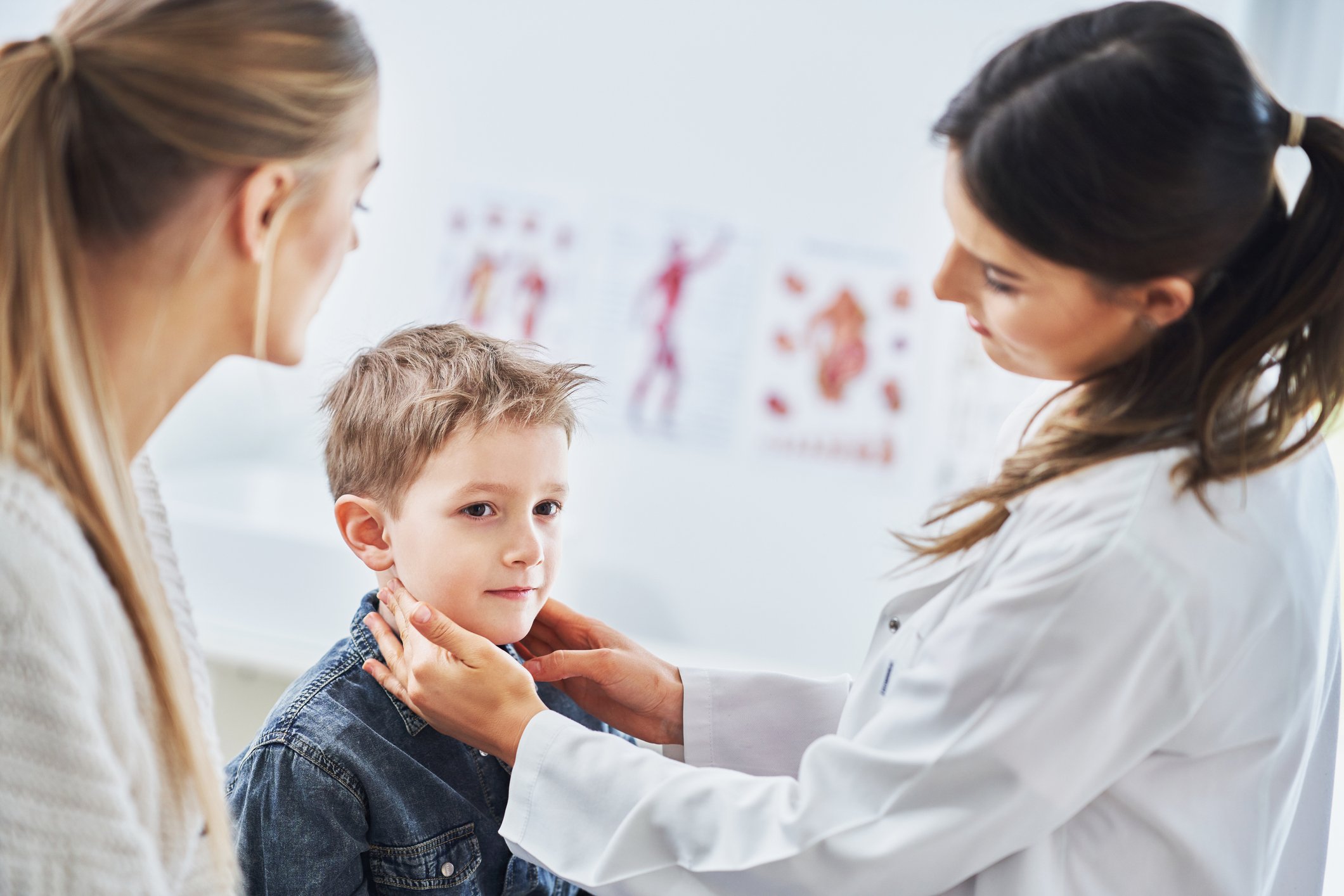
Communicable Diseases Series - Mumps Update: Then and Now
According to the National Institutes of Health (NIH), a communicable disease is defined as an illness that is caused by bacteria or viruses which are spread from animal to animal, animal to person, or person to person (Edemekong & Huang, 2020). Not all communicable disease diagnoses are required to be reported to the health department. The goal of this series is to review the communicable diseases that are required to be reported to local, state, and federal agencies. To see which diseases are reportable in your state, refer to the statutes and health department regulations of the state in which you reside and/or practice. Click here for a complete list of communicable diseases.
Mumps Update: Then and Now
Mumps is caused by a paramyxovirus that affects one of the salivary glands. Mumps is infectious; however, mumps is curable and preventable (Centers for Disease Control and Prevention (CDC), 2019).
Facts:
- Mumps was first written about in 410BC on the Greek island of Thasos
- The mumps virus was isolated in 1945
- In the prevaccine era (before 1967) the rate of infection was 55.8 per 1,000 persons (only influenza and gonorrhea were more prevalent)
- Annual rate: 186,000
- Death is rare, 2 per 10,000 infected persons
- The Postvaccine era saw a decrease in cases from 152,000 in 1968 to 2,982 in 1985
- Vaccines reduce the rate of infections
- 2 doses of MMR recommended for the general public
- 3 doses of MMR recommended for high-risk populations
- The mumps vaccine is only used in 62% of the global population
- Mumps are not as well controlled as measles and rubella
(CDC, 2018)
What We Know:
- With the implementation of the 2 MMR dose vaccine, cases decreased by 99%
- Outbreaks continue
- January 2020: 70 cases in 16 states
- 2015-2017: 150 outbreaks or 9,200 cases
- 2009-2010: 3,500 cases
- 2006: 6,500 cases
Risk Factors:
- Non-vaccinated persons
- Under-vaccinated persons (less than 2 doses of MMR)
- High-risk: Students attending college
- Consider a 3rd MMR if there is an outbreak
Vaccinations:
- MMR vaccine is safe and effective. A person with two doses of MMR vaccine has about an 88% reduction in risk for contracting mumps; a person with one dose has a 78% reduction in risk for contracting mumps.
The first dose at 12 through 15 months of age - The second dose at 4 through 6 years of age
Symptoms:
- Fever, headache, muscle aches, tiredness, loss of appetite
- Parotitis: swollen salivary glands under one or both ears
- Symptoms appear 12-25 days after infections
- Patients with very mild symptoms (flu-like symptoms without parotitis) may not know they have mumps
Treatment: Symptom management
- Prevention
- Raising awareness of the risk factors
- Vaccinations
(CDC, 2018 & 2019)
It is Important to Note:
Mumps can cause the following complications in adults:
- Inflammation of the testicles (orchitis) in males who have reached puberty; this may lead to a decrease in testicular size (testicular atrophy)-no causation of infertility
- Inflammation of the ovaries (oophoritis) and/or breast tissue (mastitis)-no causation of infertility
- Inflammation in the pancreas (pancreatitis)
- Inflammation of the brain (encephalitis)
- Inflammation of the tissue covering the brain and spinal cord (meningitis)
Deafness
(CDC, 2018 & 2019)
Vaccination continues to be the priority to prevent mumps. Healthcare workers are an essential part of eliminating this disease. Encouraging vaccinations in children and unvaccinated adults can go far in irradicating this disease in the United States. Do your part, support, and educate your patients, friends, and family.
Learn more about communicable diseases by taking one or both of these courses from RN.com:
A Comprehensive Guide to Hepatitis C: Infection, Testing, and Treatment: The purpose of this one (1) hour course is to provide you with a comprehensive overview of hepatitis C virus (HCV), from the basics of the virus to current algorithms for treatment. Increasing your knowledge about HCV will enable you to be an informed provider of care, utilizing evidence-based research.
HIV And AIDS: An Overview: The purpose of this course is to provide a brief overview of HIV and AIDS, the current state of the epidemic, and how HIV is transmitted, diagnosed, and managed. The protection of healthcare workers against HIV infection is also reviewed. This course meets the HIV and AIDS requirements for the Florida Board of Nursing, but also contains general information relevant to healthcare professionals in other states and professions.
References
Centers for Disease Control (CDC). (2019). Mumps.
Centers for Disease Control (CDC). (2018). Surveillance manual: Mumps




